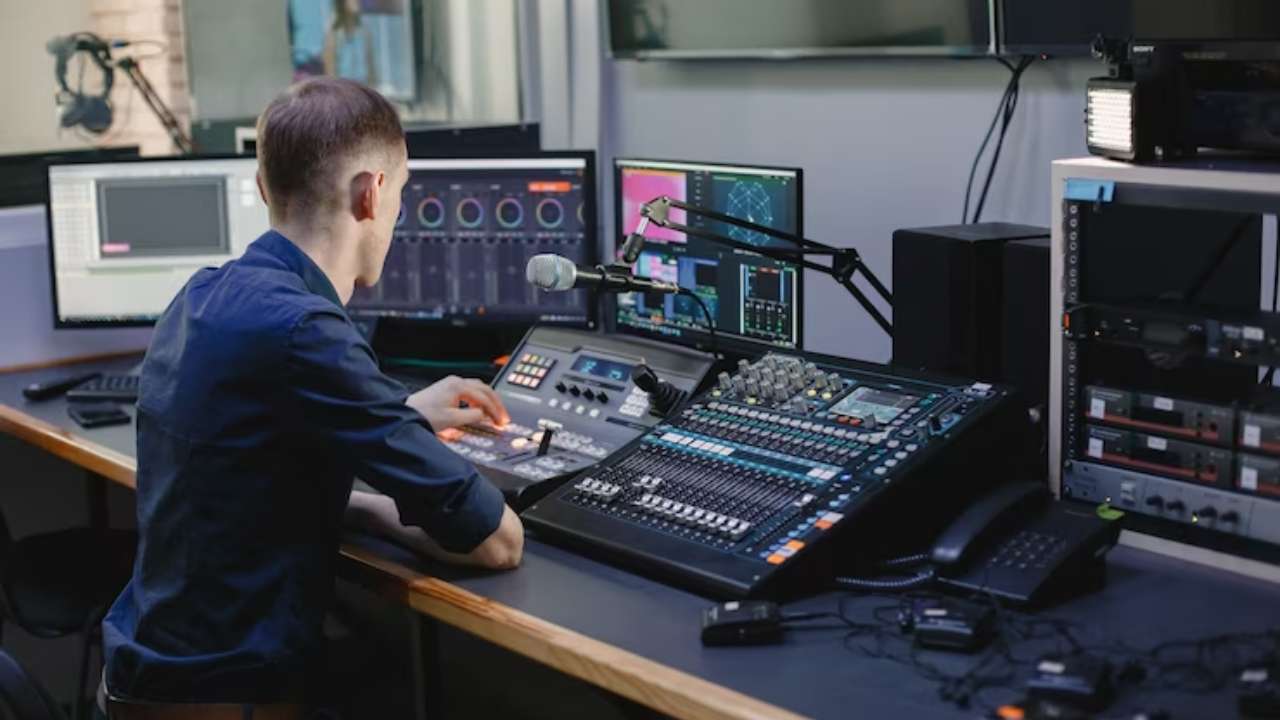Ideal Tactics for Positioning Surveillance Cameras to Improve Surveillance Efficacy
Ideal Tactics for Positioning Surveillance Cameras to Improve Surveillance Efficacy
Blog Article

Placing surveillance cameras effectively remains crucial to improving surveillance in different environments, including residences, businesses, as well as public spaces. The primary objective of security systems remains to deter crime while also provide proof in case of events. To attain this, it becomes important to consider several elements, including surveillance camera placement, range of view, as well as the specific zones that require oversight. By comprehending these factors, people and entities can create a thorough surveillance strategy that optimizes the effectiveness of their surveillance systems.
One of the initial steps in positioning surveillance cameras is to determine critical locations that need monitoring. High-risk areas, such as entry points, exits, vehicle lots, and areas with high-value assets, must be given priority. It is crucial to consider areas not visible, that are locations that may not be seen from certain perspectives. By mapping out these key locations, surveillance personnel can guarantee that every corner remains monitored, minimizing the chances of illegal actions going unnoticed. Additionally, installing cameras at key points can assist create a complete view of the premises, enabling for better total security coverage.
The viewing angle of a surveillance camera remains another crucial factor to consider. Various types of surveillance systems provide varying ranges of view, which can influence how much area gets captured in the video. For sites example, wide-angle cameras can monitor larger spaces, making them ideal for spacious locations, whereas PTZ systems can be modified to concentrate on particular details. When positioning cameras, it becomes essential to choose the right type based on the area being monitored. This ensures that the camera can capture sharp footage and provide valuable information in case of an incident.
Elevation and tilt of installation also have a crucial role in the effectiveness of security cameras. Cameras must be installed at a height that remains out of grasp of possible interference but also enables for unobstructed visibility of identifying features and additional identifying details. A typical recommendation is to install cameras at least eight to 10 ft off the floor. Additionally, the tilt at which the camera is set can impact its capability to capture important details. Surveillance systems should be angled to minimize reflection and prevent obstructions, ensuring that they can record sharp video at all times.
In conclusion, routine upkeep and updates to the security system is essential for long-term efficacy. This entails checking camera functionality, wiping optics, and making sure that firmware remains up to date. Regular evaluations of the monitoring strategy can assist detect any new areas not visible or locations that may require extra monitoring. By staying vigilant and implementing necessary adjustments, people as well as organizations can enhance their monitoring effectiveness and ensure that their surveillance solutions remain to serve their intended function.